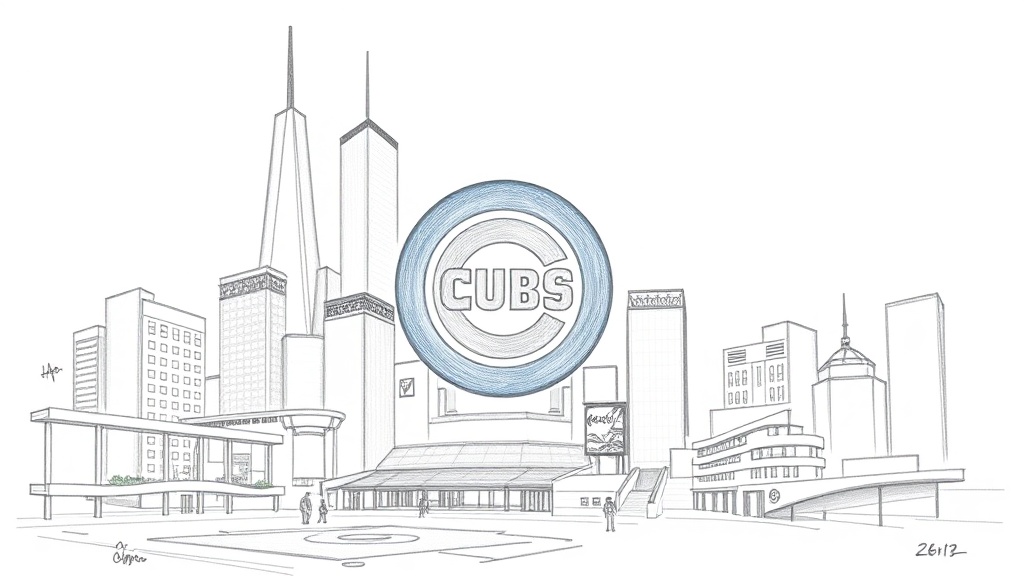Wrigley Field remains one of baseball’s most magnetic destinations, blending historic charm with modern amenities to create a game-day experience that stands apart. Fans still flock to the ivy-covered outfield, iconic manual scoreboard, and rooftop terraces that frame the ballpark — features that keep the Cubs’ home atmosphere electric whether it’s a pennant chase or a spring exhibition.
Staying competitive requires a balance between honoring tradition and evolving on the field. The organization’s front office has leaned into a multi-faceted approach: building pitching depth, investing in player development, and using data to refine scouting and in-game decisions. Analytics now touch every layer of roster construction, from biomechanical evaluations that reduce injury risk to granular pitch-design work that helps pitchers add spin, movement, or deception. At the same time, coaching emphasizes fundamentals — defensive positioning, quality at-bats, and situational baserunning — so prospects translate tools into consistent production at the major-league level.

Recent rule shifts across the sport have reshaped strategy and opened opportunities for teams that adapt quickly.
Restrictions on extreme defensive shifts and measures to speed the pace of play have nudged clubs toward players who run well, put the ball in play, and can create offense without relying solely on launch-angle swings. For teams that marry scouting instincts with analytics, those players often come from deeper in the farm system or from savvy acquisitions that prioritize versatility and athleticism.
On the roster side, the most sustainable models blend veteran leadership with high-upside young talent. Veterans provide clubhouse stability and mentorship, while emerging players inject energy and create flexibility in lineup construction.
That mix helps when injuries hit or when strategic platoons are needed against varied pitching arsenals. Depth — especially in the bullpen and on the left-right power balance of the lineup — remains a top priority for consistent success over a long season.
Wrigley’s fan experience has expanded beyond the seats.
Enhanced concourses, more diverse food and beverage options, and digital services make attending a game easier for families and out-of-town visitors. At the same time, traditions like singing during the seventh-inning stretch, the hand-operated scoreboard, and the rooftop cheers preserve what makes a Cubs game special. Community engagement and local partnerships continue to be a cornerstone of the club’s identity, with outreach programs and youth initiatives keeping baseball relevant at the grassroots level.
For fantasy players and bettors, scouting matchups and monitoring pitch metrics are increasingly valuable. Hitters with strong plate discipline and speed, and pitchers who generate swings-and-misses, will often outperform expectations once seasonal trends settle. Keeping an eye on injury reports, role clarity in the bullpen, and lineup consistency pays off.
Whether you’re drawn by the history, the analytics-driven strategy, or the hope of seeing the next big star emerge, the Cubs offer a rich blend of old-school charm and modern baseball innovation.
Follow beat writers and prospect reports to stay informed, plan a Wrigley visit to soak up the atmosphere, and watch how roster moves and player development continue to shape the team’s path forward.